
Circular Economy
The Resourceful Circular Economy – Rethinking Waste, Value, and Human Behavior
Circular Economy – A World Built to Last
In a world increasingly defined by ecological strain and psychological burnout, the circular economy offers not just a solution—but a reorientation. It challenges the dominant logic of disposability and invites us to imagine systems built for longevity, regeneration, and interdependence.
This is more than a technical fix. It’s a cultural and cognitive revolution. Circularity asks us to redesign not only products and supply chains, but the very mental models that shape how we consume, value, and relate to the material world. It’s a shift from extraction to stewardship, from ownership to access, and from isolation to systemic awareness.
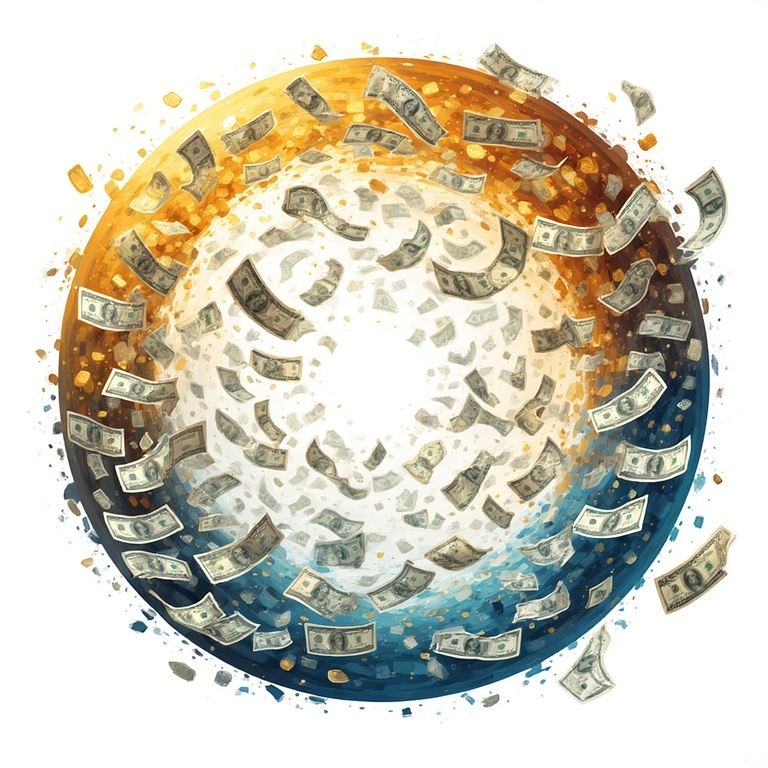
The Linear Economy – Origins of a Disposable Culture
The linear economy is a relic of industrial logic, extract resources, manufacture goods, sell them, discard them. It’s efficient in the short term, but devastating in the long run. It externalizes environmental costs, encourages planned obsolescence, and fosters a culture of detachment.
Psychologically, it reinforces
- Short-term gratification – prioritizing novelty over durability
- Status through consumption – equating newness with success
- Disconnection from consequences – hiding the true cost of waste
This model is deeply embedded in global infrastructure, marketing, and education. Undoing it requires not just new systems—but new stories.
Circular Economy
Defining the Circular Economy – Principles and Purpose
The circular economy is built on three regenerative principles
- Design out waste and pollution – eliminate the concept of waste at the source
- Keep products and materials in use – extend lifecycles through reuse, repair, and remanufacturing
- Regenerate natural systems – restore ecosystems through composting, biodiversity, and soil health
It’s not a recycling program—it’s a redesign of the entire economic engine. Circularity integrates ecological intelligence with economic resilience, creating systems that are both productive and restorative.
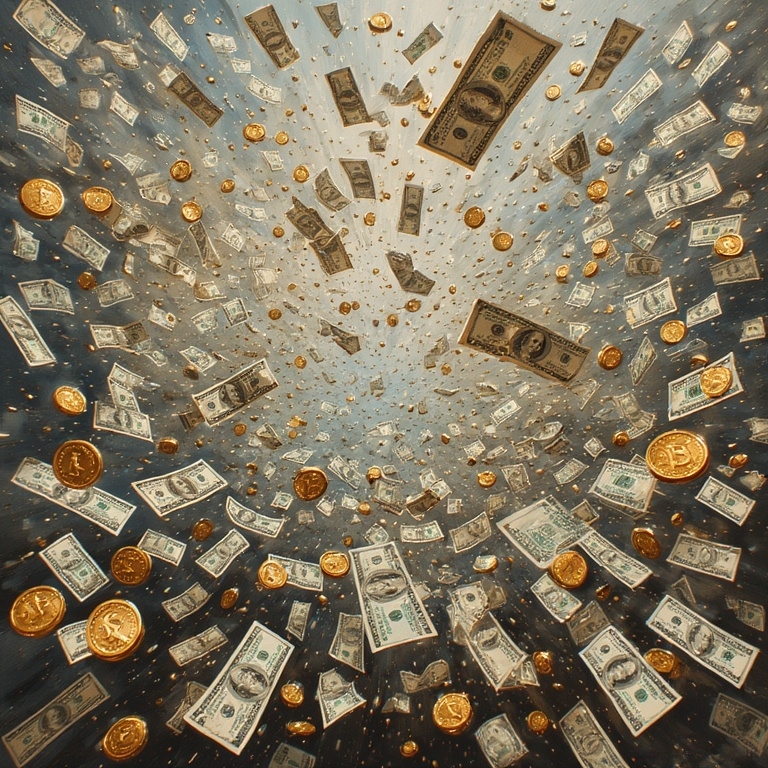
Material Flows and Closed Loops – Mimicking Nature’s Intelligence
Circular systems emulate natural ecosystems, where waste becomes input and every output feeds another process. This requires
- Biological loops – composting food waste, regenerating soil, cycling nutrients
- Technical loops – refurbishing electronics, remanufacturing machinery, recycling metals
Designing for closed loops means anticipating end-of-life at the beginning. Products must be modular, traceable, and easy to disassemble. It also demands infrastructure—reverse logistics, sorting facilities, and digital tracking systems.
Economy Change
Product-as-a-Service – Redefining Ownership and Access
Circularity challenges the notion that value lies in possession. Instead, it promotes access over ownership. Examples include
- Mobility-as-a-service – car sharing, bike rentals, autonomous fleets
- Appliance leasing – pay-per-use washing machines or refrigerators
- Tool libraries – community access to equipment without individual ownership
This model reduces resource use and increases utilization rates. Psychologically, it requires trust, flexibility, and a shift in identity—from consumer to participant.
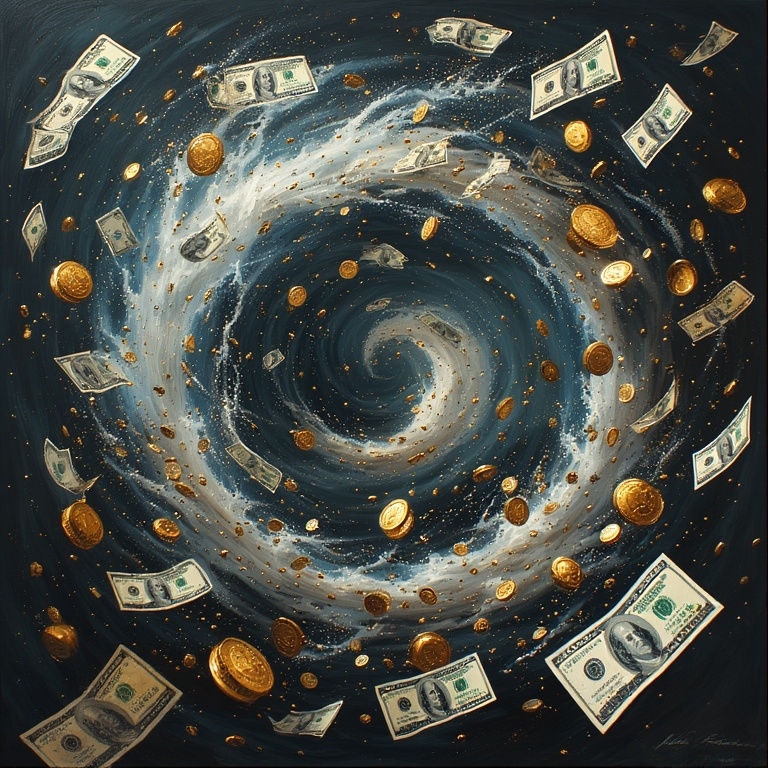
Emotional Durability and Design Psychology – Making Products Worth Keeping
Products that last emotionally are less likely to be discarded. Emotional durability is achieved through
- Timeless design – avoiding trends that age quickly
- Narrative depth – embedding stories, provenance, and personalization
- Repairable aesthetics – celebrating wear, patina, and visible mending
Design becomes a tool for behavioral change. When people love what they own, they care for it, repair it, and pass it on.
The Role of Repair Culture – Reviving Skills and Rituals
Repair is a radical act in a throwaway culture. It reconnects people with their possessions and reclaims agency from manufacturers.
Key elements include
- Community repair hubs – local spaces for fixing electronics, clothing, and furniture
- Skill-sharing platforms – tutorials, forums, and maker networks
- Policy support – right-to-repair legislation and tax incentives for repair services
Repair culture is not just technical—it’s emotional, social, and political.

Circular Supply Chains and Traceability – Building Transparent Systems
Circularity demands visibility. Every material must be tracked, every process verified. Tools include
- Material passports – digital records of product components and sourcing
- Blockchain verification – immutable tracking of lifecycle data
- IoT sensors – real-time monitoring of usage, wear, and location
Transparency builds trust. It allows consumers to make informed choices and companies to prove their claims.
Behavioral Economics and Circular Incentives – Designing for Action
Human behavior is shaped by context, not just intention. Circular systems must be designed to align with cognitive biases
- Default options – making circular choices the easiest path
- Social proof – showing that others are participating
- Gamification – rewarding sustainable actions with feedback and recognition
Behavioral design turns circularity into a habit, not a chore.

Temporal Psychology and Long-Term Thinking – Overcoming Future Blindness
Humans discount future benefits. Circularity often involves delayed rewards—durability, repair, ecological impact.
Strategies to counteract this include
- Visualization tools – showing long-term savings and environmental benefits
- Storytelling – connecting choices to legacy, family, and community
- Rituals and milestones – celebrating repair anniversaries or reuse achievements
Making the future emotionally vivid helps people act in its favor.
Identity, Status, and Sustainable Consumption – Rebranding Circularity
Consumption is performative. Circularity must become aspirational, not sacrificial.
Approaches include
- Design prestige – elevating sustainable products through aesthetics
- Influencer modeling – showcasing circular lifestyles in media
- Cultural storytelling – reframing reuse as creativity, not compromise
Circularity succeeds when it aligns with self-expression and social validation.

Trust, Transparency, and System Legibility – Making Complexity Understandable
Circular systems are intricate. Users must trust that their actions matter and that systems work.
Tools for legibility include
- Impact dashboards – showing real-time data on savings and emissions
- Third-party certifications – verifying circular claims
- Community feedback loops – sharing stories of collective impact
Trust turns participation into commitment.

Education and Systems Literacy – Teaching Circular Thinking
Circularity requires a new kind of literacy—understanding feedback loops, ecological boundaries, and material flows.
Educational strategies include
- Curriculum integration – embedding circular principles in schools and universities
- Experiential learning – repair workshops, composting labs, design studios
- Public storytelling – documentaries, exhibitions, and immersive media
Education is the infrastructure of cultural transformation.
Policy and Institutional Support – Building the Scaffolding for Change
Circularity must be supported by governance. Policy levers include
- Extended producer responsibility – making manufacturers accountable for end-of-life
- Green procurement – governments choosing circular suppliers
- Tax reform – incentivizing repair, reuse, and sustainable design
Institutions set the rules of the game. Circularity must be embedded in law, finance, and public infrastructure.

Circular Cities and Urban Metabolism – Designing Regenerative Urbanism
Cities concentrate resources, waste, and innovation. They’re ideal laboratories for circularity.
Urban strategies include
- Material mapping – tracking flows of goods and waste
- Local loops – composting, tool libraries, sharing platforms
- Circular zoning – designing neighborhoods for reuse and regeneration
Circular cities embody ecological intelligence at scale.
Cultural Narratives and the Myth of Progress – Changing the Story
Linear economies are underpinned by myths—endless growth, novelty, and disposability. Circularity requires new stories
- From extraction to regeneration
- From ownership to stewardship
- From isolation to interdependence
Culture is the operating system of economic behavior. Changing the story changes the system.
Circular Finance – Rethinking Capital for Regeneration
Traditional finance rewards extraction, speed, and scale. Circular finance must reward longevity, resilience, and ecological alignment.
Key innovations include
- Impact investing – funding companies that prioritize circular design and regenerative outcomes
- Green bonds – financing infrastructure for reuse, repair, and renewable systems
- Circular accounting – valuing materials, emissions, and social impact as core metrics
Finance is not neutral—it shapes behavior. Circularity must be embedded in how capital flows and value is measured.

Digital Circularity – Designing for Dematerialization
Digital systems can accelerate circularity—or undermine it. The key is intentional design.
Opportunities include
- Digital twins – virtual models that track product lifecycles and optimize reuse
- Platform cooperatives – decentralized sharing networks for tools, vehicles, and services
- Data-driven repair – predictive maintenance and AI-guided diagnostics
But digital systems also consume energy and generate e-waste. Circularity must extend to code, servers, and devices.
Indigenous Knowledge and Circular Wisdom – Learning from Ancestral Systems
Circularity is not new—it’s ancient. Indigenous cultures have long practiced regenerative living through
- Seasonal cycles – aligning consumption with ecological rhythms
- Communal stewardship – managing resources collectively and sustainably
- Ritual and respect – embedding reverence into material relationships
- Reciprocity over exploitation – taking only what is needed and giving back to the land
- Intergenerational stewardship – decisions made with future descendants in mind
- Embedded ethics – sustainability as a moral and cultural imperative, not a market trend
These traditions remind us that circularity is not just technical—it’s sacred. It’s about restoring balance, not just reducing waste.
Circular Fashion – Reweaving the Fabric of Consumption
Fashion is one of the most emotionally charged and environmentally destructive industries. Circular fashion seeks to transform it from fast-paced wastefulness into a regenerative art form.
Strategies include
- Design for disassembly – garments made to be taken apart and reused
- Fiber-to-fiber recycling – regenerating textiles without downcycling
- Rental and resale platforms – extending garment lifespans through shared ownership
- Biodegradable materials – using natural fibers that return to the earth
Culturally, circular fashion must challenge the myth of constant novelty and elevate craftsmanship, story, and care.
Circular Food Systems – Regenerating What Sustains Us
Food is both biological and cultural. Circular food systems restore soil, reduce waste, and reconnect people to place and seasonality.
Key components include
- Composting and biochar – returning nutrients to the earth and improving soil health
- Agroecology and permaculture – designing farms as ecosystems, not factories
- Local loops – urban gardens, food co-ops, and zero-waste kitchens
- Food sovereignty – empowering communities to control their own food systems
Food is a gateway to circularity—tangible, emotional, and communal. It invites participation, ritual, and regeneration.
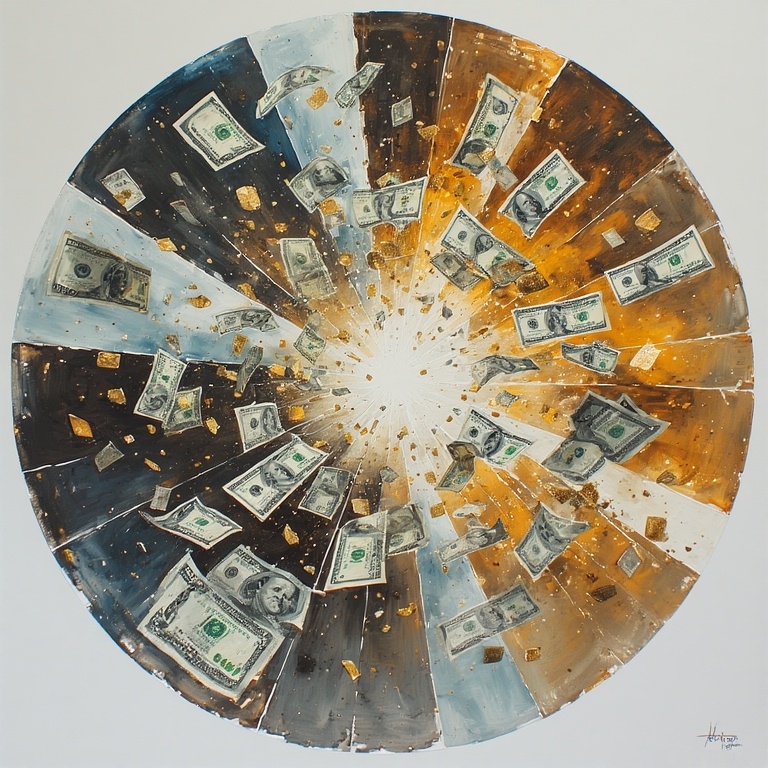
Winners, Losers, and Trade-Offs – The Human Landscape of Circular Transition
The circular economy promises systemic regeneration—but no transformation is neutral. Every shift in design, behavior, and infrastructure redistributes power, opportunity, and risk. Understanding the human landscape of circularity means asking, Who gains? Who adapts? And who gets left behind?
Pros – What Circularity Offers
- Environmental restoration – Reduced resource extraction, lower emissions, and healthier ecosystems
- Economic resilience – Diversified supply chains, local repair economies, and reduced dependency on volatile raw materials
- Innovation and entrepreneurship – New markets for reuse, remanufacturing, and service-based models
- Consumer empowerment – More durable products, transparent sourcing, and ethical choices
- Cultural renewal – A shift from passive consumption to active stewardship and creativity
Circularity aligns with long-term planetary health and human well-being. It fosters systems that are adaptive, inclusive, and regenerative.
Cons – What Circularity Disrupts
- Short-term economic displacement – Industries built on disposability (e.g., fast fashion, single-use packaging) may contract or collapse
- Behavioral friction – Repair, reuse, and sharing require time, effort, and cultural unlearning
- Infrastructure gaps – Many regions lack the logistics, technology, or policy support to implement circular systems
- Digital dependency – Circular platforms often rely on data, apps, and connectivity—excluding those without access
- Greenwashing risk – Companies may exploit circular language without delivering real impact
Circularity challenges entrenched habits, business models, and cultural norms. It demands not just innovation, but transition support.
Who Benefits – The Emerging Winners
- Local communities – Repair hubs, sharing networks, and circular agriculture strengthen local economies
- Skilled laborers and artisans – Repair, remanufacturing, and customization elevate craftsmanship
- Ethical entrepreneurs – Startups focused on circular design, traceability, and regenerative services
- Consumers seeking value and meaning – Those who prioritize durability, transparency, and ecological alignment
- Future generations – Circular systems preserve resources and ecological integrity for long-term survival
These groups gain agency, opportunity, and resilience in a circular world.

Who Loses Out – The Vulnerable and Disrupted
- Linear manufacturers – Companies reliant on planned obsolescence and virgin resource extraction
- Low-wage workers in disposable industries – Jobs in fast fashion, packaging, and low-cost electronics may vanish without retraining
- Consumers in underserved regions – Lack of access to repair services, sharing platforms, or circular infrastructure
- Governments dependent on extractive revenues – Economies built on mining, oil, or deforestation may face fiscal instability
- Cultural systems tied to consumption – Status-driven identities and fast-paced lifestyles may struggle to adapt
These groups require targeted support—policy, education, and economic transition plans—to avoid exclusion or harm.
Conclusion – Designing The Economy For Regeneration
The circular economy is not a trend—it’s a tectonic shift in how we understand value, design systems, and relate to the material world. It challenges the linear logic of extraction and waste, replacing it with a regenerative framework rooted in ecological intelligence and behavioral insight.
But circularity is not just about loops—it’s about meaning. It asks us to
- Redesign products to last physically and emotionally
- Rethink ownership as access, stewardship, and shared responsibility
- Rewire behavior through incentives, education, and cultural modeling
- Rebuild systems that are transparent, inclusive, and future-oriented
This transformation is psychological as much as it is infrastructural. It requires empathy, imagination, and a willingness to unlearn. It’s not just about what we consume—but how we think, feel, and act in relation to the world around us.
Circularity is not the end of consumption—it’s the beginning of conscious participation in the economy.
Join the Discussion – Shaping the Circular Future Together
The circular economy is a collective experiment. Its success depends not only on engineers and policymakers, but on everyday choices, community rituals, and shared imagination.
Have you repaired something recently instead of replacing it?
- Do you participate in any sharing platforms or reuse networks?
- What cultural shifts do you think are needed to make circularity mainstream?
- How do you see your identity evolving in a world that values stewardship over ownership?
#CircularEconomy #SystemsThinking #BehavioralDesign #SustainableFuture #LinearEconomy #ConsumerCulture #WasteCrisis #PlannedObsolescence #CircularDesign #RegenerativeSystems #EcoInnovation #SustainableDesign #ClosedLoopSystems #Biomimicry #CircularSupplyChains #EcoEfficiency #AccessOverOwnership #ServiceEconomy #SharedResources




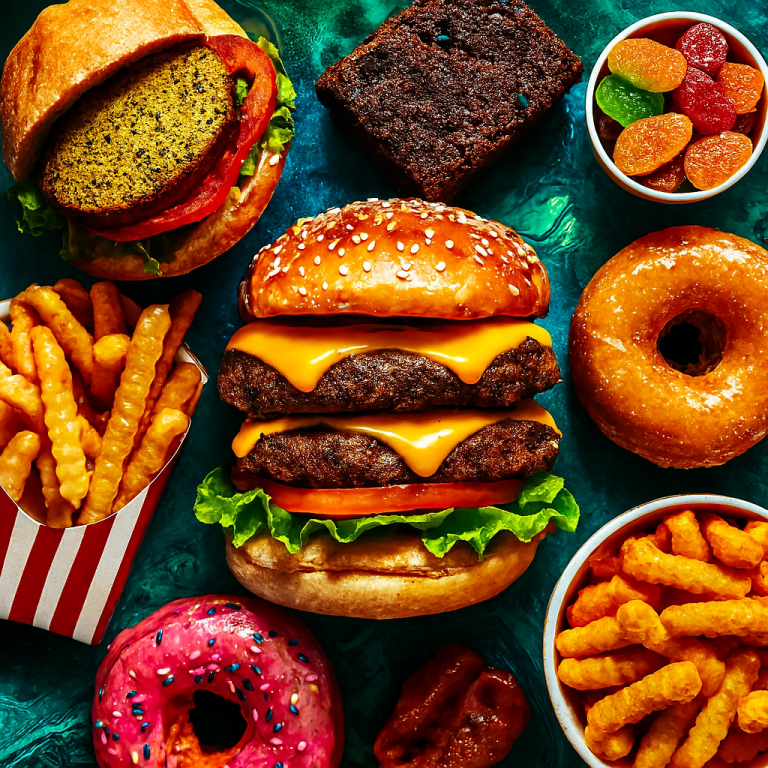
2 thoughts on “Circular Economy – The Resourceful Increasing Psychology”